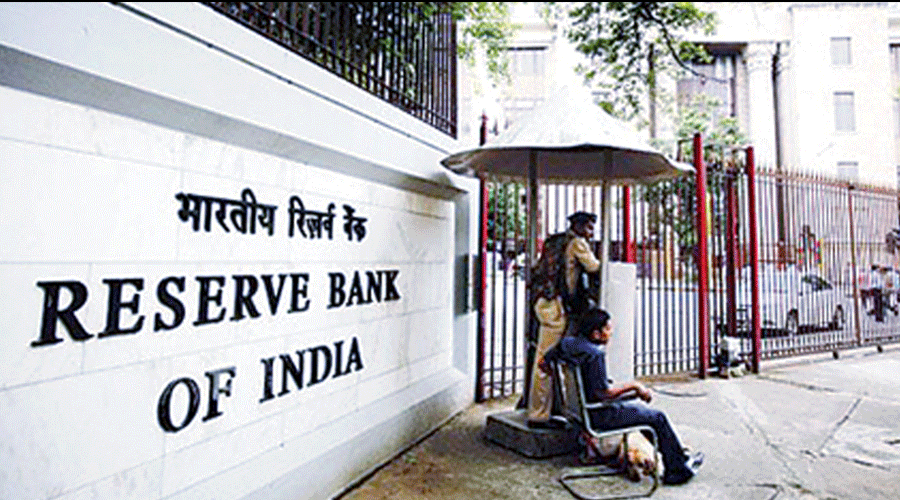The government on Thursday slashed its market borrowing target for FY23 by Rs 10,000 crore.
Sources said buoyant tax collections would be enough to bear the Rs 44,762 crore additional expense on free ration distribution. The government is also expecting gains from the windfall profit tax on oil that was levied from July 1.
A finance ministry statement said the government will undertake total borrowing of Rs 5.92 lakh crore during the October-March period of the current fiscal, including from the issuance of its maiden sovereign green bonds of Rs 16,000 crore.
The government had in the budget for 2022-23 projected a gross market borrowing of Rs 14.31 lakh crore. Of this, it decided to borrow Rs 14.21 lakh crore during 2022-23.
The gross market borrowing of Rs 5.76 lakh crore (40.5 per cent) would be completed through 20 weekly auctions.
The October-March borrowing will be done through 2, 5, 7, 10, 14, 30 and 40 years tenure bonds.
To take care of temporary mismatches in government accounts, the RBI has fixed the Ways and Mean Advances (WMA) limit for H2 of 2022-23 at Rs 50,000 crore.
CAD at 2.8%
India’s current account deficit (CAD), a key indicator of the balance of payment position, widened to 2.8 per cent of GDP at $23.9 billion in the first quarter of the current financial year, mainly on account of a higher trade deficit.
It stood at $13.4 billion (1.5 per cent of the GDP) in January-March 2022 and a surplus of $6.6 billion (0.9 per cent of GDP) in April-June 2021.
Though this is the highest number since 2013, it is below the forecast of few economists who had projected that CAD will rise above 3 per cent of the GDP during the quarter.
Higher CAD poses a challenge to the RBI which is combating a falling rupee because of global factors that have led to a dip in forex reserves due to its repeated intervention in the forex markets.
The central bank is optimistic CAD will not rise above 3 per cent of GDP in this financial year.
In August, RBI deputy governor Michael Patra said India can sustain CAD of 2.5-3 per cent without getting into an external sector crisis.
The central bank’s September bulletin has forecast CAD to be within 3 per cent of GDP and ``with portfolio flows returning and foreign direct investment remaining strong, this order of deficit is eminently financeable’’.
According to the data released by the RBI on India’s balance of payments during the first quarter, CAD rose because of the widening of the merchandise trade deficit to $68.6 billion from $54.5 billion on a sequential basis, apart from an increase in net outgo of investment income payments.
Investment income rose to $9.3 billion from $7.5 billion a year ago.
Private transfer receipts, representing remittances, amounted to $25.6 billion, an increase of 22.6 per cent from their level a year ago.
Tax gains
■ Borrowing target down Rs 10,000cr to Rs 5.92 lakh cr
■ Centre to issue Rs 16,000cr sovereign green bonds
■ Will conduct 20 weekly auctions
■ CAD at 2.8% of GDP in Q1, the highest in 10 years
■ Merchandise trade deficit jumped to $68.6bn from $54.5bn sequentially

